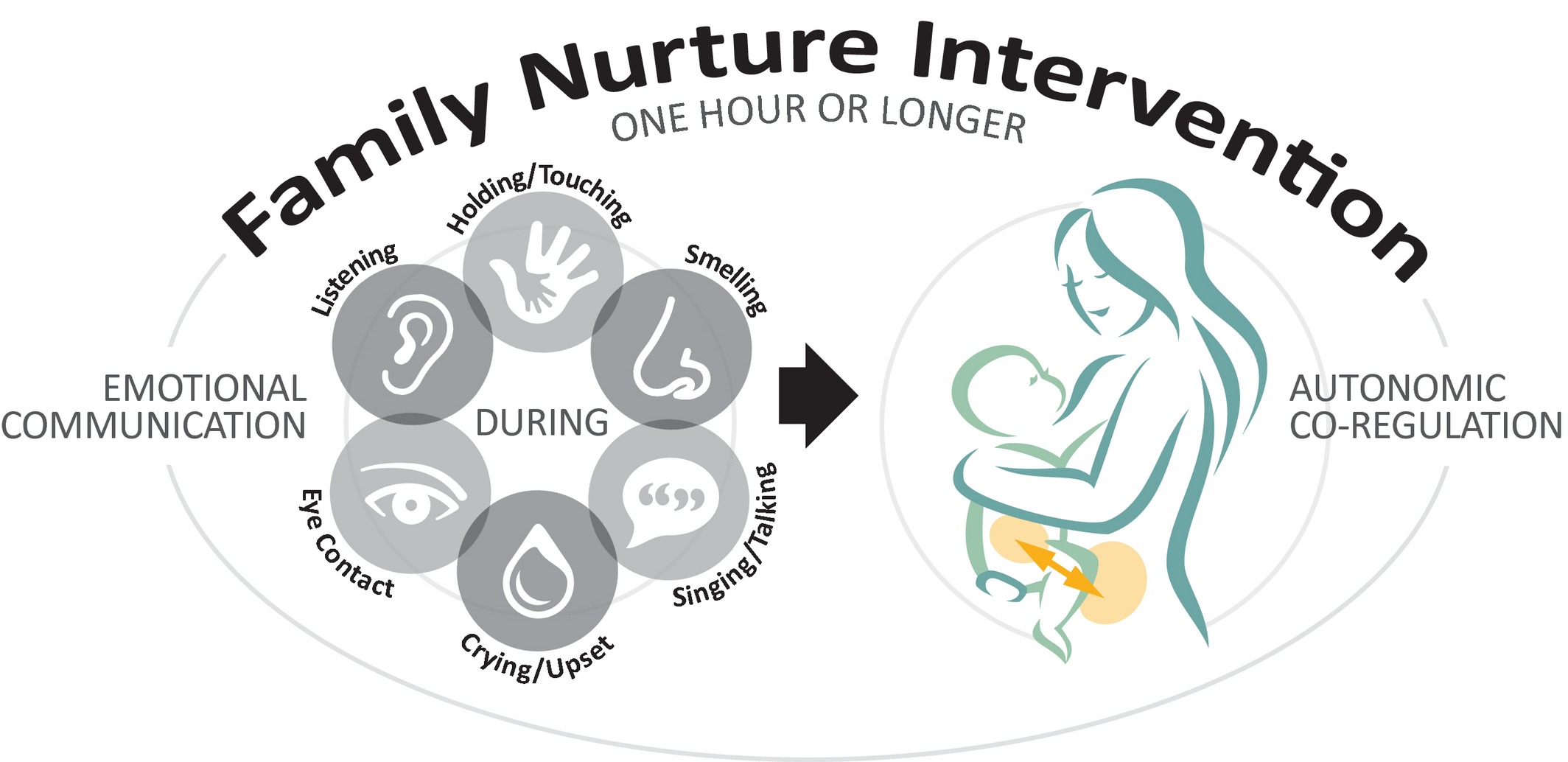It’s hard to forgive a wrongdoing. But there is a way to approach forgiveness that can be helpful to your well-being.
Research and interventions show the benefits of forgiving for the individual doing the forgiving. This makes sense, since forgiving help to reduce negative emotions. One approach is based on a REACH model that involves completing a workbook over several hours.
Most of us avoid conflict for the wrong reasons. We perceive or “feel” that it’s going to be bad for us. A situation feels uncomfortable often because of what think may happen versus what is actually happening at the moment. Conflict threatens us, not because of the conflict itself, but because of what it might represent. The idea of conflict can mean different things to different people. We have different stories or beliefs about what conflict means, what we should or shouldn’t do around conflict, and how much we should avoid it. I think it’s useful to unpack some thinking about conflict, as this can help one handle conflict better.








